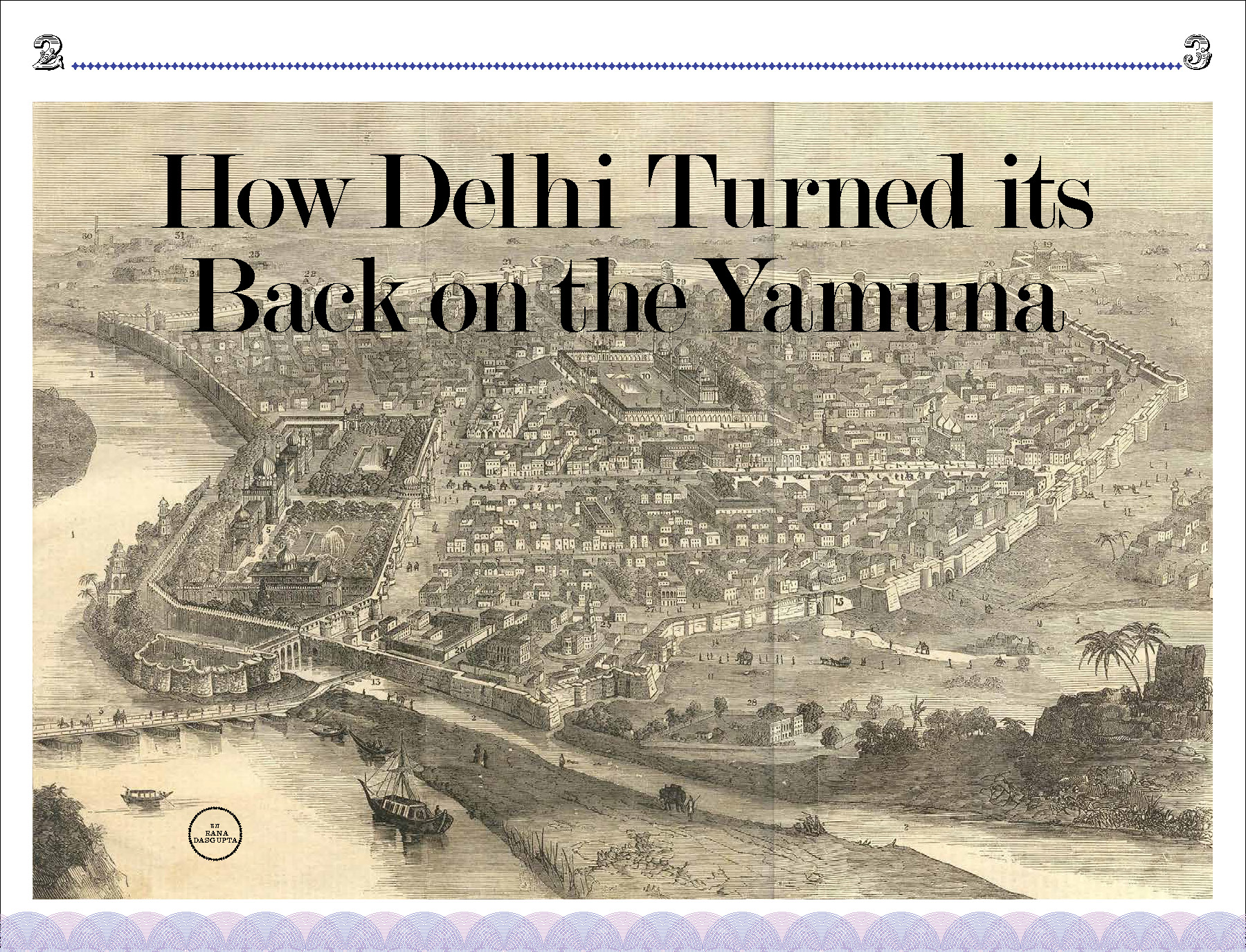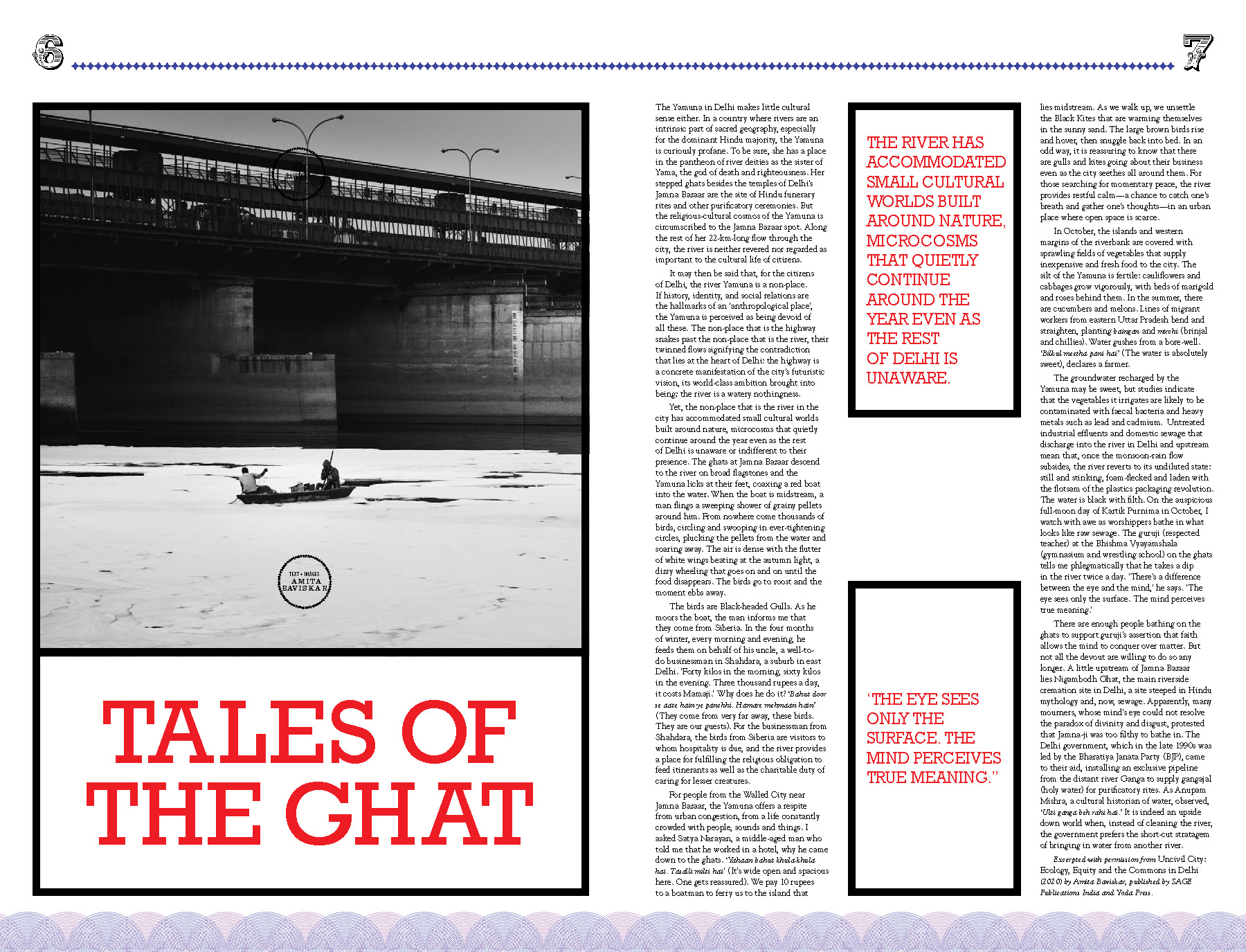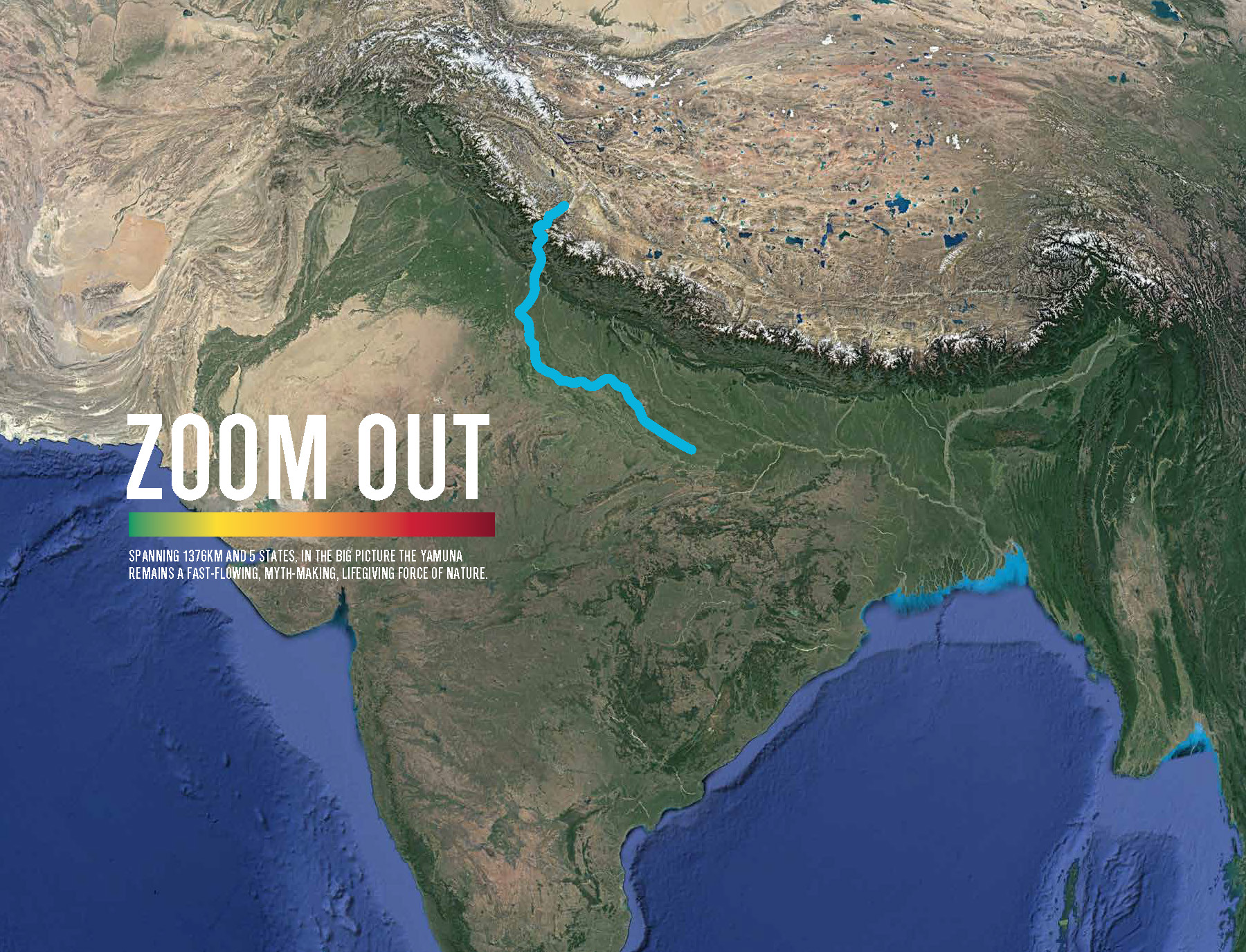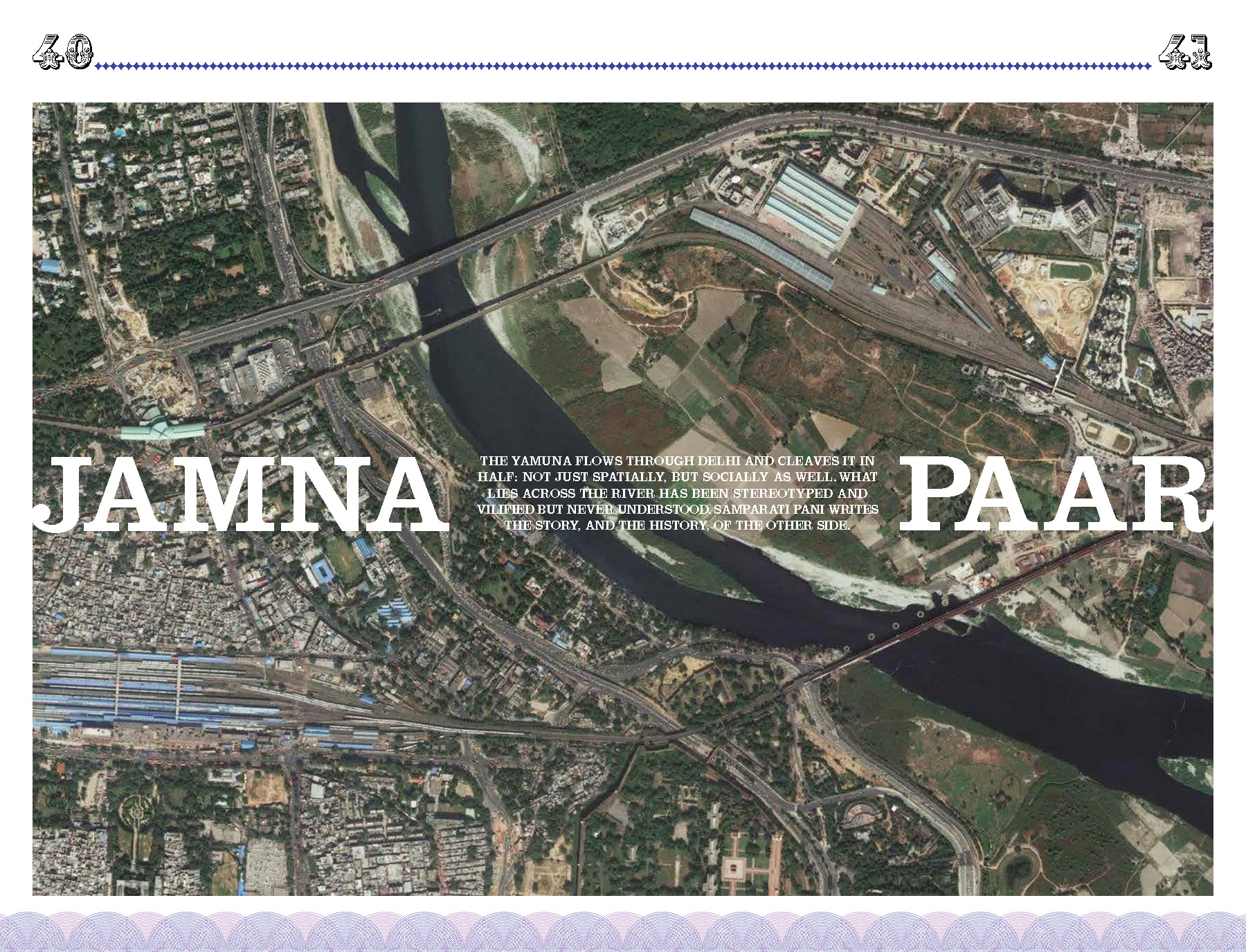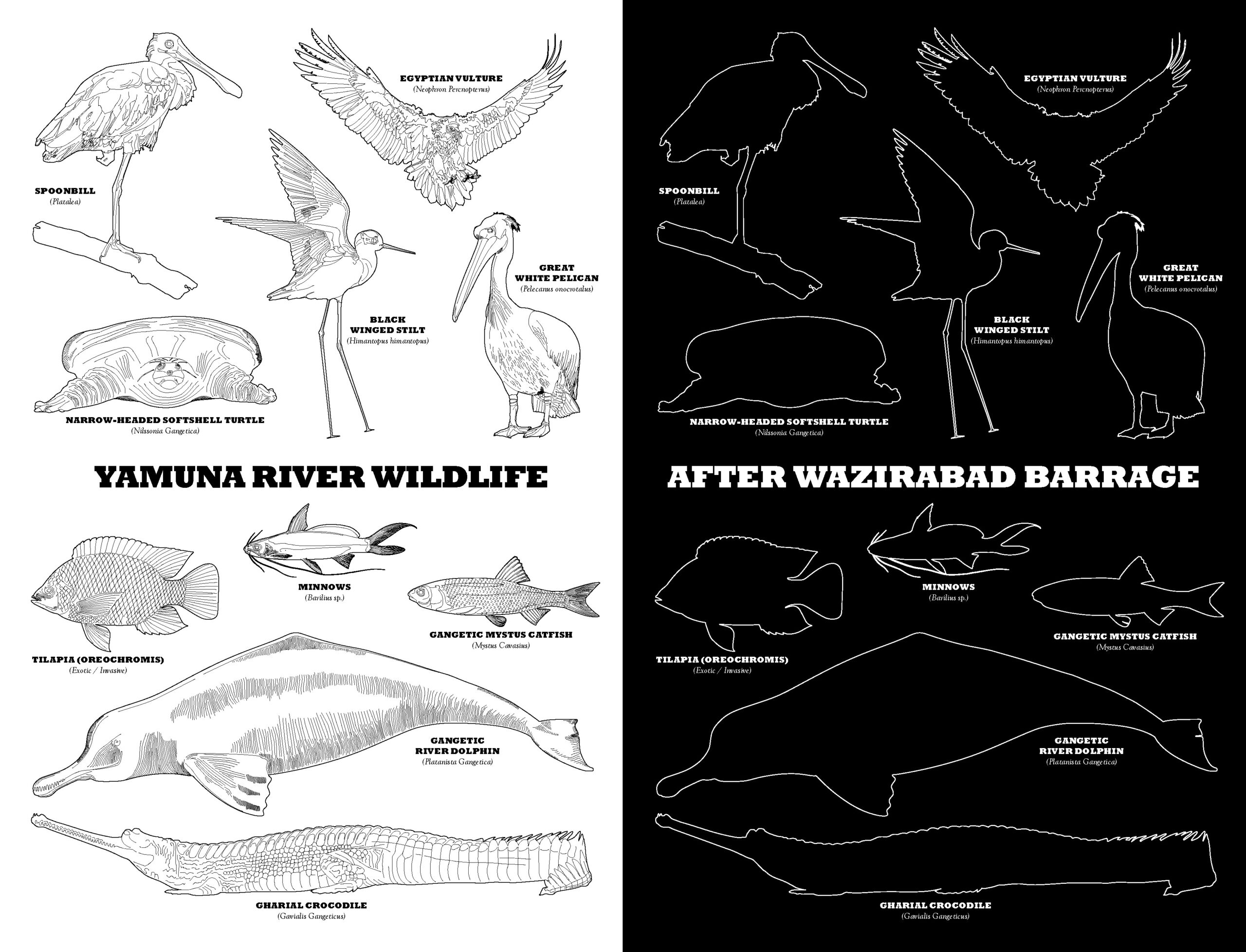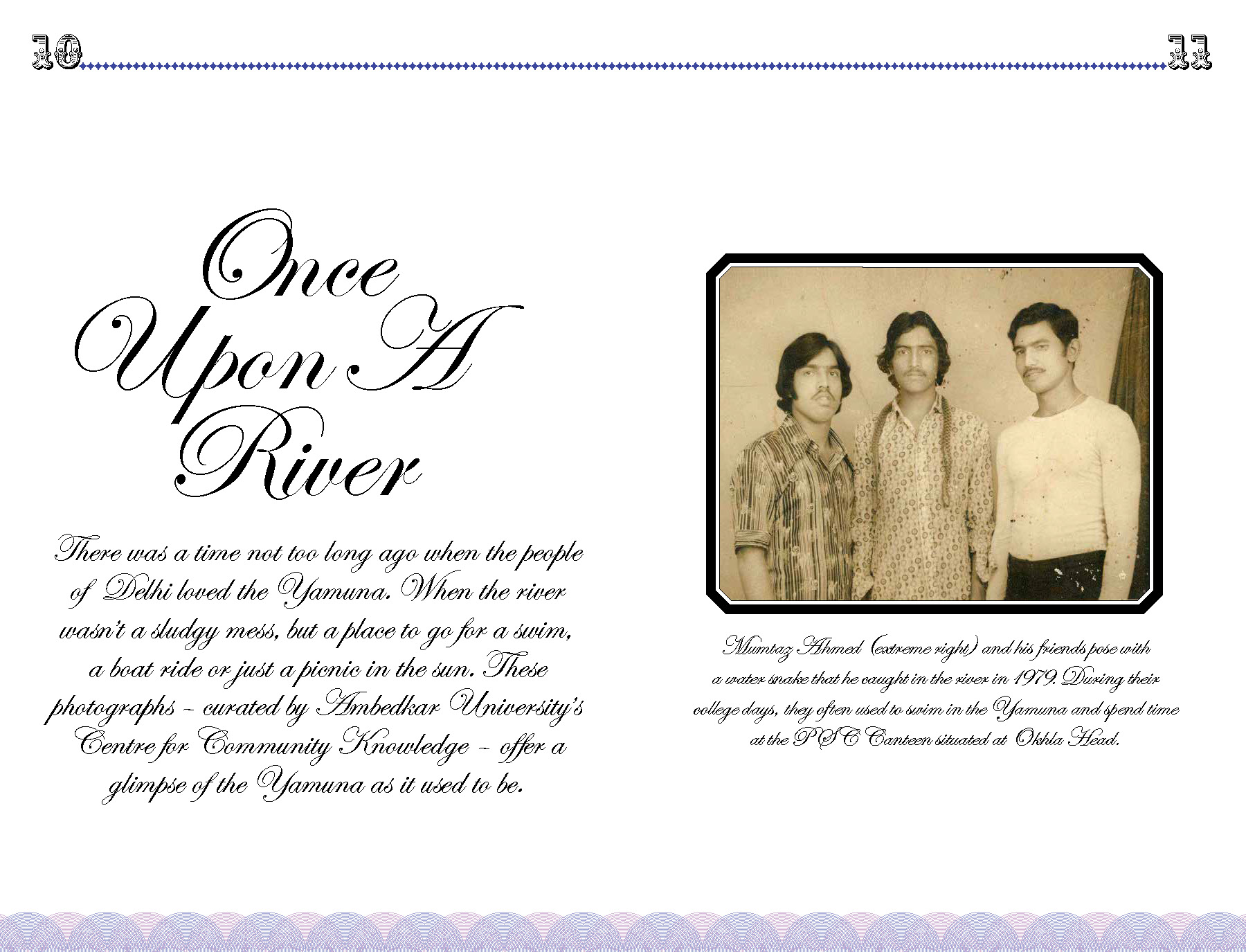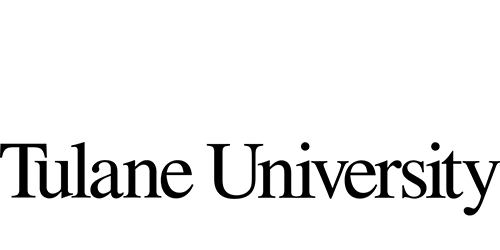YRP Co-Director Pankaj Vir Gupta was invited to be the guest editor for an issue of Motherland – a theme-based journal of thoughts, ideas, and unexpected narratives on India. Exploring the trends, subcultures, and issues shaping the country, the magazine provides a fresh perspective on contemporary Indian culture and has been in circulation since 2010. Previous issues have covered a range of topics like democracy in modern India, the contemporary world of Indian prisons, eco-tourism and the unique way in which contemporary Indians engage with the idea of ecology, stories about the Indian transgender community, Bollywood and pop culture etc. The March issue is dedicated to the Yamuna river in New Delhi. The editor’s note by Pankaj Vir Gupta reads as follows:
“For centuries, the Yamuna River has sustained the many cities preceding modern-day Delhi by becoming their ecological and agricultural lifeline. The sandstone walls of Mughal era monuments flanking the floodplain reveal watermarks of the Yamuna even today. But with a dramatic reduction in the ecological flow of the waters, the river has become a receptacle for all that the city discards, its effluent and its waste, leaving little room for the ecologically sacred. The Yamuna has slowly been erased––both from the urban landscape and from public consciousness.
The Yamuna River Project––a collaboration between the University of Virginia and Tulane University––has deployed ecologists, governance experts, historians, environmental engineers, and architects, to research the dilemmas of this urban water crises and to propose design strategies for mitigation. This multidisciplinary academic team has created an alternative vision, proposing a sustained engagement between the city and the river. The Yamuna River Project envisions the floodplain of the river as an environmental nucleus for citizens, anchoring our cities within their original ecology.
The Yamuna issue of Motherland projects this vision into the world. The pages that follow aren’t filled with the stories we already know, about pollution and degradation. Instead, they talk about the myriad worlds the river carries with it: the communities that have built their lives and livelihoods on its banks, abodes of gods and goddesses who are domiciled in the many shrines abutting the water, and the fading memories of excursions and family picnics hosted on the floodplain landscape until just a few decades ago. This issue also follows the meander of the Yamuna on her journey from the Himalayas, emerging into the plains, and bisecting Delhi into two very different socio-economic segments.
Each story seeks to evoke the lost bond between a river and her people: to see the Yamuna for all it could be and all it once was, instead of simply what it has become today. Changing the way we think about the river is the first step to restoring it. The Yamuna endures as a living record of the capacity of our cities to develop and maintain healthy urban systems. It is only through the restoration of its waters, both in our imagination and our urban reality, that we can secure ecology from our own advances and revive the river system that has sustained us for generations.”
